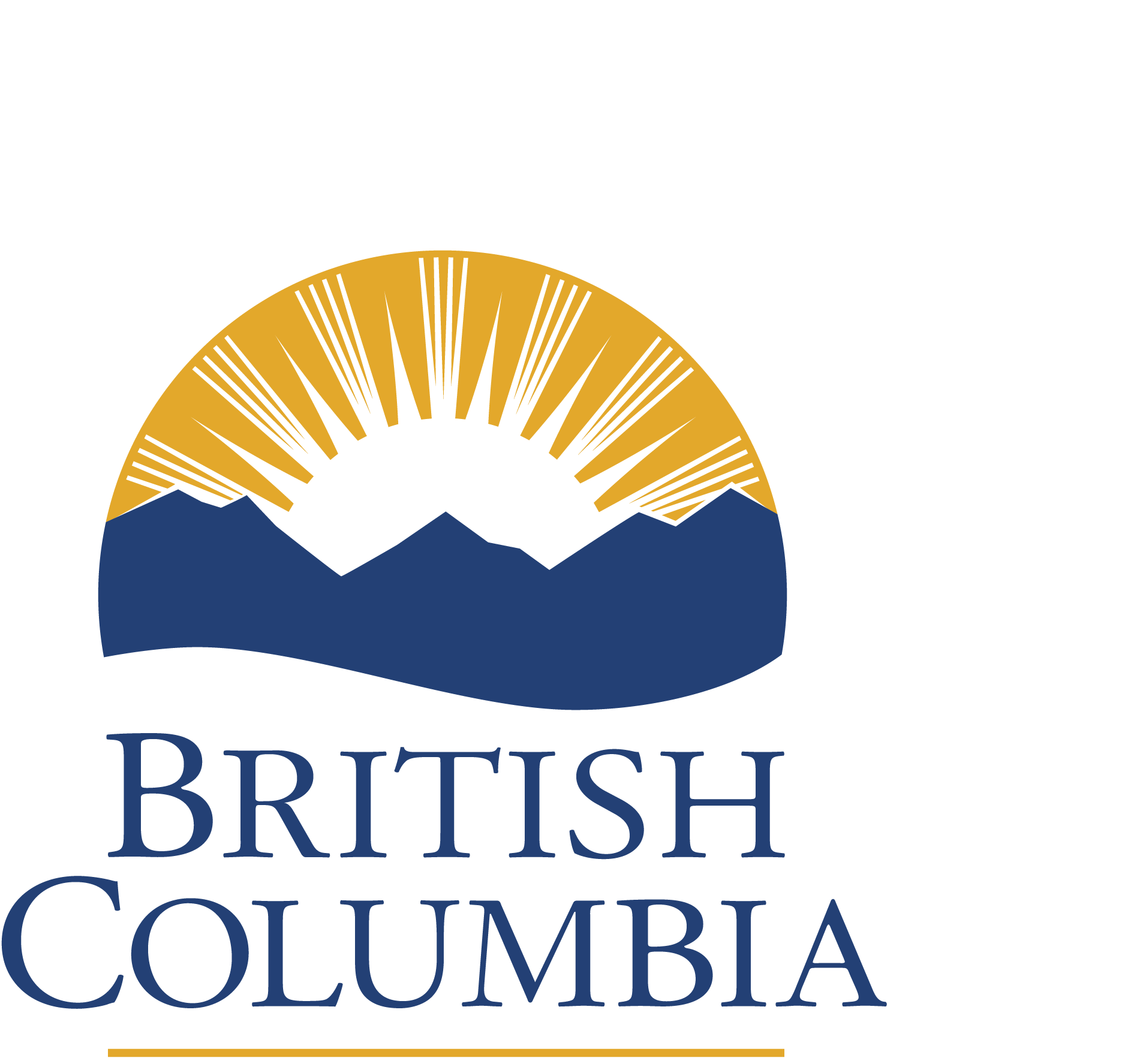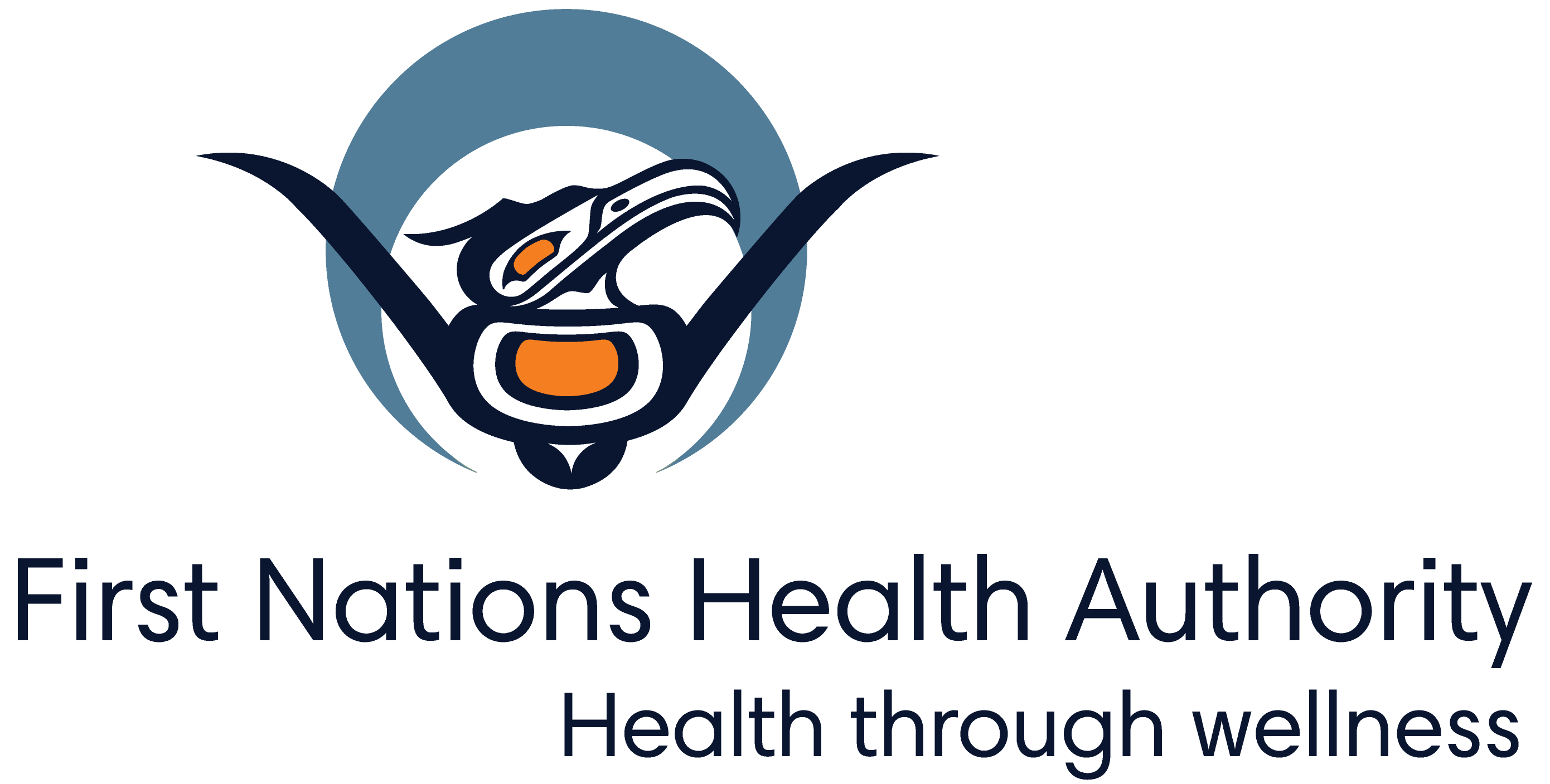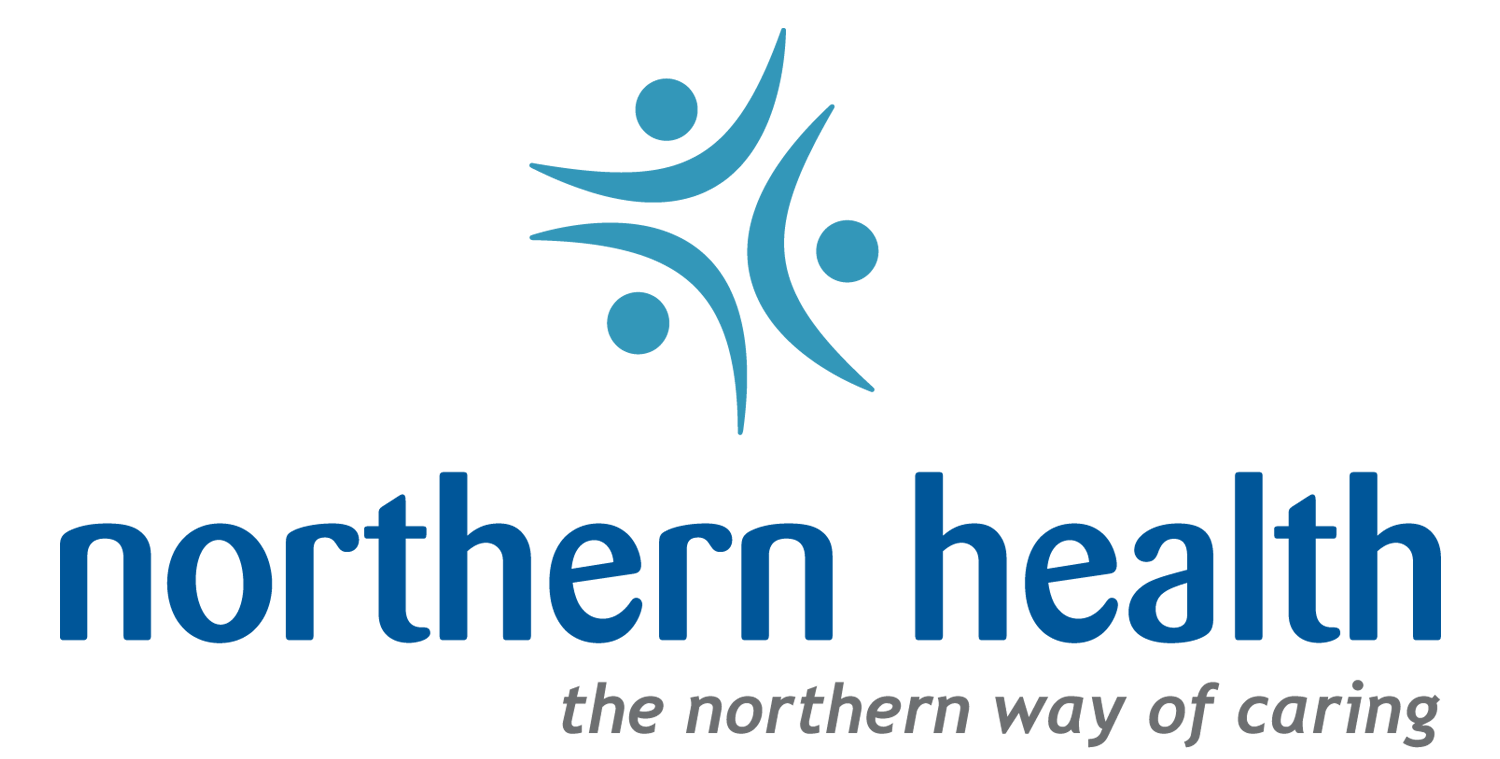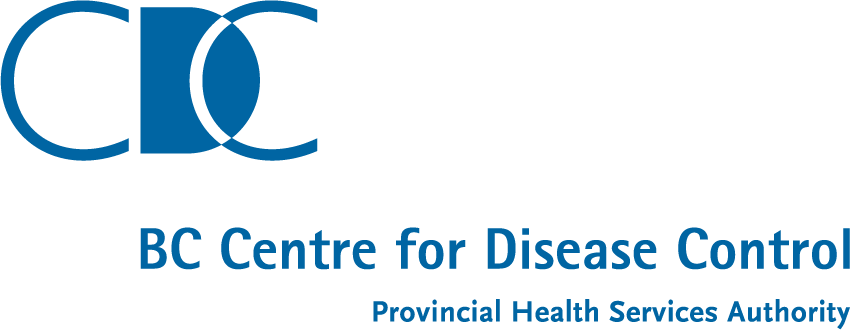Air Quality Warning - Wildfire Smoke - June 10, 2025





The Regions of BC highlighted on the map are being impacted or are likely to be impacted by wildfire smoke over the next 24-48 hours.
During a wildfire, smoke conditions can change quickly over short distances and can vary considerably hour-by-hour.
Monitor the situation for any wildfires near your area at EmergencyInfoBC. Follow all emergency announcements relevant to your location.
The next update will be available on June 11, 2025 and made available on the Province’s Air Quality Warnings webpage.
Actions you can take
As smoke levels increase, health risks increase. Limit time outdoors. Consider reducing or rescheduling outdoor sports, activities and events.
People more likely to be negatively impacted by outdoor air pollution should reduce or reschedule strenuous activities outdoors or seek medical attention if experiencing symptoms. This includes people aged 65 and older, pregnant individuals, infants and young children, people with an existing illness or chronic health condition such as chronic obstructive pulmonary disease (COPD), heart disease and diabetes, and people who work outdoors.
During smoky conditions
Follow your common sense
Stop or reduce your activity level if breathing becomes uncomfortable or you feel unwell.
Stay cool and drink plenty of fluids.
Carry any rescue medications with you at all times.
Make sure that children and others who cannot care for themselves follow the same advice.
Monitor your symptoms
Different people have different responses to smoke.
Mild irritation and discomfort such as eye, nose and throat irritation, headaches or a mild cough are common, and usually disappear when the smoke clears.
More serious but less common symptoms include wheezing, chest pains or severe cough.
People with asthma or other chronic illness should follow any personal care plans designed with their family physicians.
If you are unsure whether you need medical care, call HealthLink BC at 8-1-1.
If you are experiencing difficulty in breathing, chest pain or discomfort, or a severe cough, contact your physician, walk-in clinic, or emergency department. If you are having a medical emergency, call 9-1-1.
Tips to reduce your smoke exposure
Smoke levels may be lower indoors but will still be elevated, so stay aware of your symptoms even when you are indoors.
When indoors, keep windows and doors closed as much as possible.
When there is an extreme heat event occurring with poor air quality, prioritize keeping cool.
Protect your indoor air from wildfire smoke. Actions can include using a clean, good quality air filter in your ventilation system and/or a certified portable air cleaner that can filter fine particles.
If you must spend time outdoors, a well-constructed, well-fitting and properly worn respirator type mask (such as a NIOSH-certified N95 or equivalent respirator) can reduce your exposure to the fine particles in the smoke. Even though exposure may be reduced, there can still be risks to health.
Check on others who are in your care or live nearby who may be more likely to be impacted by wildfire smoke.
Always follow guidance from local authorities.
More information
For additional general information about wildfire smoke and air quality:
Air Quality Health Index
Environment and Climate Change Canada FireWork
Metro Vancouver Air Quality
For additional general information about wildfire smoke and your health:

First Nations Health Authority

HealthLink BC
Contact
Media and public inquiries regarding air quality and the Air Quality Warning for wildfire smoke:
Air Quality Meteorologist
Ministry of Environment and Parks
604-558-9852
Media questions regarding health implications of wildfires:
Environmental Public Health Services or Main FNHA Line: 604-693-6500
After Hours: 1-844-666-0711
Email: Ephs.afterhours@fnha.ca
Media line: 604-831-4898
Northern Health Authority
Media Line: 1-877-961-7724
Vancouver Coastal Health Authority
Rachel Galligan, Communications Leader: 236-833-5618
Deana Lancaster, Communications Leader: 604-230-6130
After-hours media line: 604-202-2012
Vancouver Island Health Authority
Dominic Abassi: 250-755-7966 (Dominic.abassi@viha.ca)
Andrew Leyne: 250-370-8908 (Andrew.leyne@viha.ca)
After-hours media line: 250-716-7750
Regions included under this Air Quality Warning
- B.C. North Peace River: includes the City of Fort St John and all communities along Hwy 97 extending from Farmington to Pink Mountain; Hwy 29 including Moberly Lake, Hudson’s Hope; also includes Rolla, Clayhurst and Goodlow.
- B.C. South Peace River: includes Chetwynd, Dawson Creek, Pouce Coupe, and Tumbler Ridge.
- Fort Nelson: includes Fort Nelson, Muskwa, Prophet River, Buckinghorse River, Sikanni Chief, and Hwy 77 north to the Yukon border.
- Howe Sound: includes Horseshoe Bay, Lions Bay, Squamish, Bowen Island. There is some overlap between areas of Metro Vancouver (e.g. Horseshoe Bay, Lions Bay, Bowen Island) considered part of the Lower Fraser Valley Airshed and the Howe Sound zone used by BC ENV for issuing smoky skies bulletins. A Smoky Skies Bulletin could be issued by BC ENV for the Howe Sound zone before the thresholds are reached to trigger an air quality advisory issued by Metro Vancouver for these overlapping parts of the Lower Fraser Valley Airshed. This should not be interpreted as conflicting information; it reflects the different approaches to notifications about wildfire smoke within the two agencies.
- Inland Vancouver Island: includes Lake Cowichan, Nahmint, Port Alberni, central portions of Strathcona Park and Schoen Lake Provincial Park.
- Williston: includes McLeod Lake, Mackenzie and Williston Lake.

